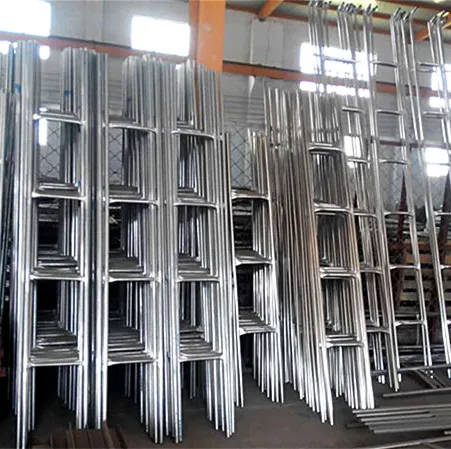loading...
- No. 9, Xingyuan South Street, Dongwaihuan Road, Zaoqiang County, Hengshui, Hebei, China
- admin@zjcomposites.com
- +86 15097380338
- Welcome to visit our website!
Versatile FRP Mini Mesh Grating Designed for Strength, Safety, and Durability in Various Applications
Understanding FRP Mini Mesh Grating A Versatile Solution for Various Applications
Fiber Reinforced Polymer (FRP) mini mesh grating is increasingly becoming a popular choice in various industrial and architectural applications. This innovative product is designed to provide a robust, lightweight, and corrosion-resistant alternative to traditional materials like steel and aluminum. As industries seek more sustainable and efficient solutions, understanding the benefits and applications of FRP mini mesh grating becomes essential.
What is FRP Mini Mesh Grating?
FRP mini mesh grating is composed of a fiberglass-reinforced polymer matrix, which results in a structure that offers high strength-to-weight ratios. Through a manufacturing process involving pultrusion or extrusion, the fiberglass filaments are combined with a resin to create a rigid, sturdy material that can withstand harsh environments. The mini mesh aspect refers to the design of the grating, featuring smaller openings and a more compact grid layout, which enhances safety and load-bearing capabilities.
Key Advantages of FRP Mini Mesh Grating
1. Corrosion Resistance One of the most significant advantages of FRP mini mesh grating is its unparalleled resistance to corrosion. Unlike metals that can rust or corrode over time when exposed to harsh chemicals or weather conditions, FRP does not deteriorate, making it an ideal choice for chemical plants, wastewater treatment facilities, and outdoor installations.
2. Lightweight and Strong FRP grating is significantly lighter than traditional metal grating, which simplifies handling and installation. This feature is particularly beneficial for overhead installations, where weight can be a limiting factor. Despite its lightweight nature, FRP mini mesh grating does not compromise on strength, providing reliable support in various applications.
3. Safety The slip-resistant surface of FRP mini mesh grating enhances safety in workplaces where water, chemicals, or other slippery substances may be present. Additionally, the non-conductive properties of FRP make it a safe choice for electrical installations.
4. Low Maintenance FRP grating requires minimal maintenance over its lifespan. Its resistance to weathering, UV rays, and chemical exposure means that it does not need frequent repairs or replacements, thus reducing long-term costs.
frp mini mesh grating

5. Design Versatility Available in various colors, sizes, and configurations, FRP mini mesh grating can be customized to meet specific requirements. This flexibility allows it to be used in diverse applications—from industrial platforms and walkways to decorative architectural features.
Applications of FRP Mini Mesh Grating
FRP mini mesh grating is suitable for numerous applications across different industries
- Industrial Facilities It is commonly used in chemical plants, oil and gas industries, and water treatment facilities due to its strength and resistance to corrosion.
- Commercial Spaces In retail and commercial environments, FRP grating is employed for walkways, floors, and drainage systems, enhancing both functionality and aesthetics.
- Architectural Design Architects and designers utilize the versatility of FRP mini mesh grating to create visually appealing structures that also prioritize safety and durability.
- Transport Infrastructure It is increasingly being used for footbridges, pedestrian walkways, and loading docks, where its lightweight nature and ease of installation provide significant advantages.
Conclusion
In conclusion, FRP mini mesh grating represents a transformative solution for industries and applications where strength, safety, and corrosion resistance are paramount. Its numerous benefits, combined with its versatility in design and application, make it an invaluable asset in today's construction and industrial environments. As awareness of sustainable materials increases, FRP mini mesh grating will likely see sustained growth in its adoption and integration into future projects.
-
GRP Structures: The Future of Lightweight, High-Performance EngineeringNewsJun.20,2025
-
FRP Water Tank: High-Performance Storage for Corrosive and Clean Water SystemsNewsJun.20,2025
-
FRP Square Tube: The New Industry Standard for Chemical and Structural ApplicationsNewsJun.20,2025
-
FRP Pultruded Profiles: The Ultimate Choice for Lightweight Structural StrengthNewsJun.20,2025
-
FRP Handrails: The Safer, Smarter, and Stronger Choice for Modern InfrastructureNewsJun.20,2025
-
FRP Grating: The Smart Solution for Durable, Lightweight Industrial FlooringNewsJun.20,2025
-
Why Choose a Galvanized Water Tank for Your Storage NeedsNewsMay.21,2025
